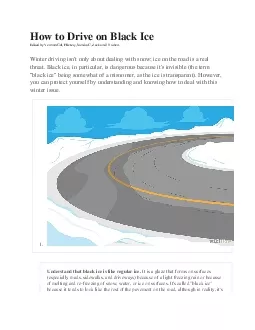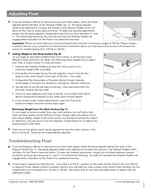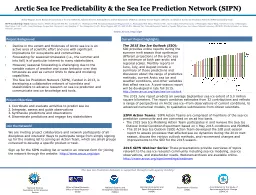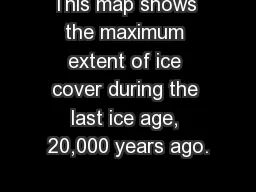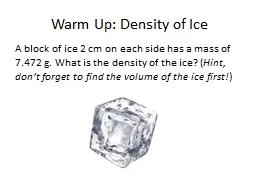PDF-How to Drive on Black Ice
Author : mia | Published Date : 2021-09-23
Edited by VermontGal Flickety Sondra C Zack and 19 othersWinter driving isnt only about dealing with snow ice on the road is a real threat Black ice in particular
Presentation Embed Code
Download Presentation
Download Presentation The PPT/PDF document "How to Drive on Black Ice" is the property of its rightful owner. Permission is granted to download and print the materials on this website for personal, non-commercial use only, and to display it on your personal computer provided you do not modify the materials and that you retain all copyright notices contained in the materials. By downloading content from our website, you accept the terms of this agreement.
How to Drive on Black Ice: Transcript
Download Rules Of Document
"How to Drive on Black Ice"The content belongs to its owner. You may download and print it for personal use, without modification, and keep all copyright notices. By downloading, you agree to these terms.
Related Documents

